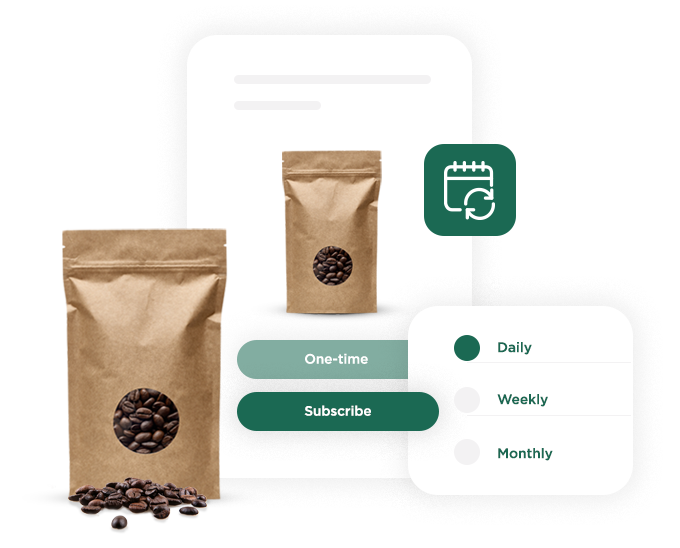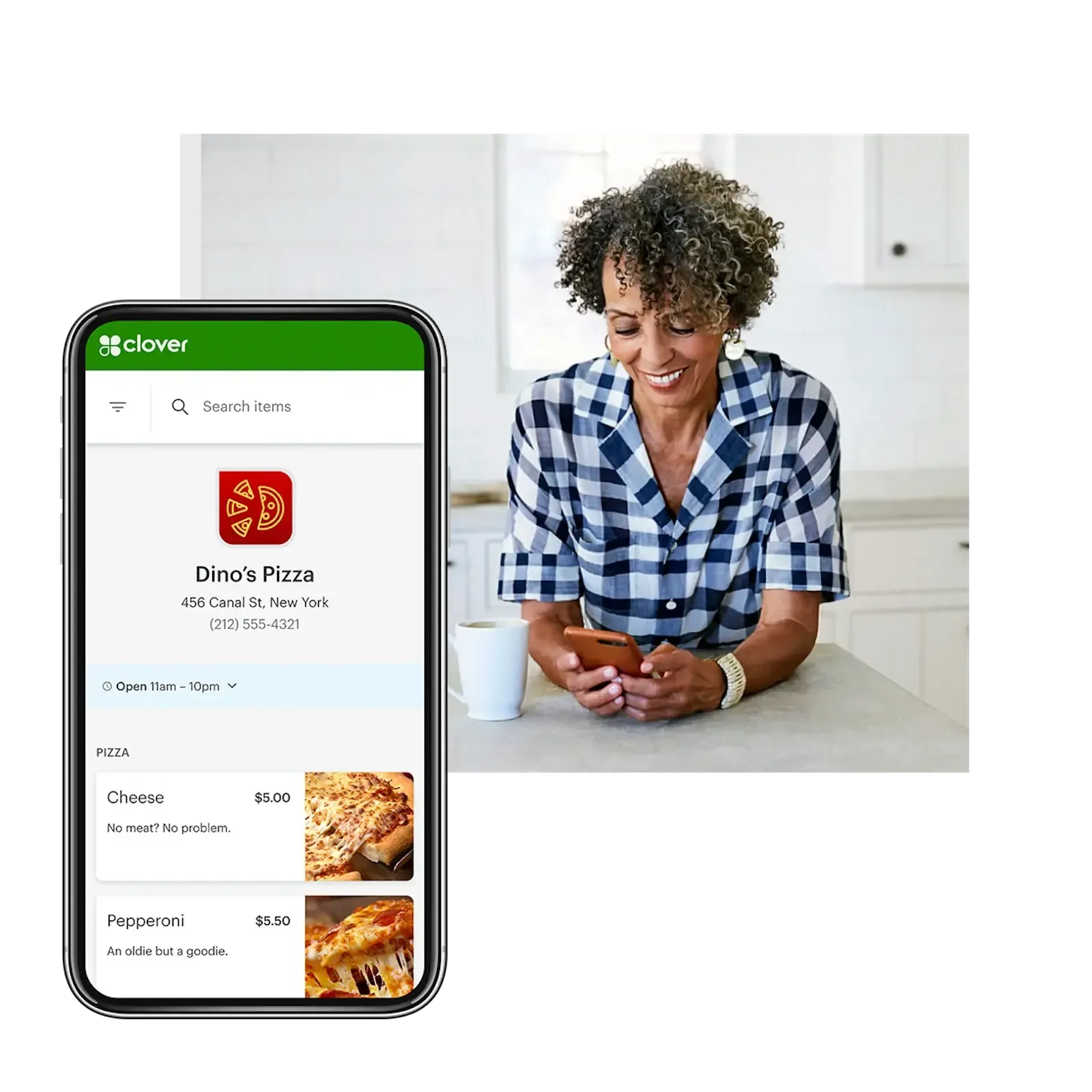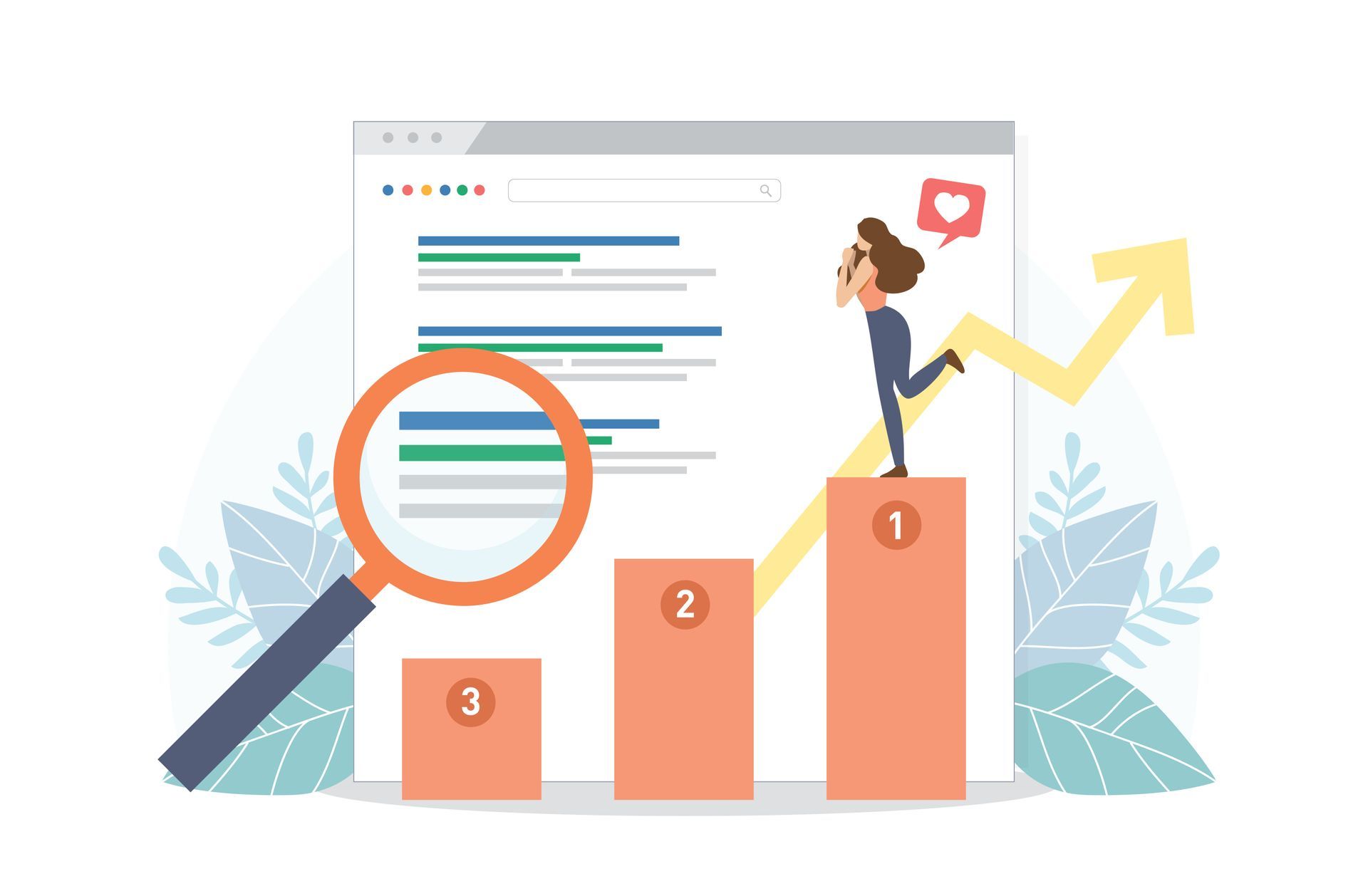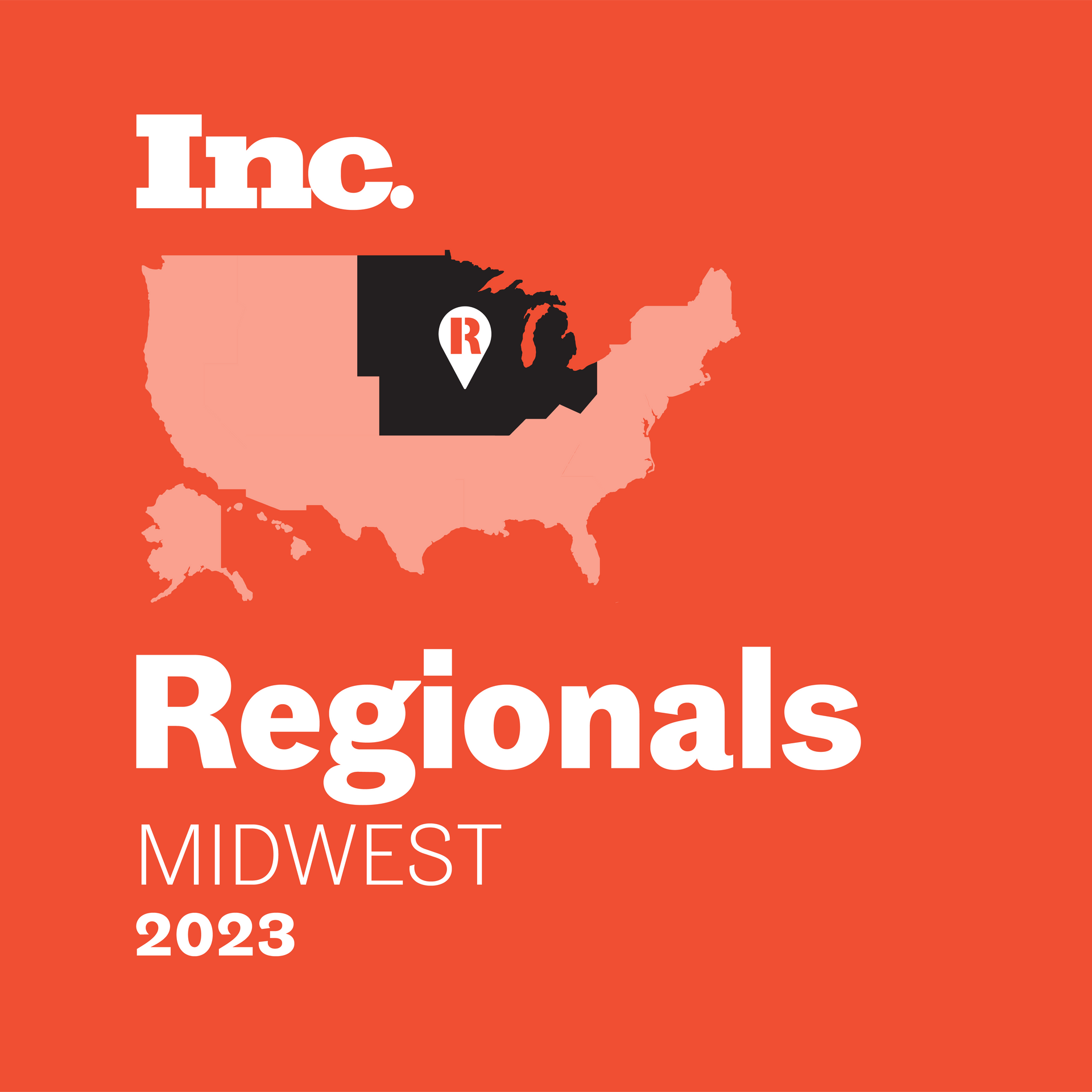Generative Engine Optimization: The New SEO?
Unlocking Success with Generative Engine Optimization (GEO): A New Era in Digital Marketing
In the dynamic landscape of digital marketing, the emergence of generative artificial intelligence (AI) engines like ChatGPT and Bard has ushered in a paradigm shift. Traditional search engines are no longer the sole protagonists in the quest for fast and precise information retrieval. Users, weary of sifting through endless search results, now turn to generative engines for quick, reliable answers. This trend has catalyzed the evolution of content creation strategies, with a growing emphasis on Generative Engine Optimization (GEO)—a suite of techniques tailored to enhance visibility and performance on these sophisticated platforms.
At our digital marketing company, we are committed to staying ahead of the curve by integrating cutting-edge trends and strategies into our practices. Embracing this ethos, we recently conducted an experiment aimed at enriching our content through nine specific GEO techniques. The outcome was resoundingly positive, as our efforts garnered favorable recognition from Search Generative Experience (SGE) across more than ten queries.
What sets GEO apart is its ability to deliver tangible results without necessitating additional budget allocation. Instead, success hinges on a strategic realignment of content research, writing, and presentation methodologies.
The Foundation of GEO Strategy
In response to the opaque and fast-paced nature of generative engines, a collaborative effort by researchers from Princeton University, Georgia Tech, The Allen Institute for AI, and IIT Delhi gave birth to Generative Engine Optimization. This framework is underpinned by a comprehensive nine-set content optimization technique, validated through rigorous testing across a dataset of 10,000 search queries, mirroring the intricacies of platforms like BingChat. Drawing from diverse sources including Google, Microsoft Bing, Perplexity.AI's Discover, GPT-4, and others, this dataset forms the cornerstone of GEO strategy development.
Decoding the Nine Techniques
- Authoritative Content:
- At the heart of GEO lies the imperative of instilling confidence and trustworthiness in content through assertive language and compelling narrative.
- Keyword Placement:
- Strategic integration of target keywords in a natural, user-centric manner remains a cornerstone of both traditional SEO and GEO, ensuring enhanced relevance and visibility.
- Maintain keyword density of 1%-2%.
- Avoid disrupting the natural flow of content with keywords.
- Include latent semantic indexing (LSI) and "people also ask" keywords.
- Target long-tail keywords for specific queries with less competition.
- Statistics:
- Augmenting content credibility through the inclusion of empirical data and studies serves to bolster user trust and engagement, amplifying organic traffic and site visibility.
- Source Citing:
- Elevating content reliability by attributing information to reputable sources underscores the ethos of transparency and integrity inherent in GEO strategies.
- Quotation Addition:
- Harnessing the persuasive power of endorsements from respected figures or subject matter experts enhances content credibility and resonates with discerning users.
- Understandability:
- Simplifying content language and structure fosters broader comprehension and accessibility, catering to diverse audience segments.
- Fluency Optimization:
- Ensuring content coherence and readability through clear, engaging language is paramount in captivating and retaining user interest.
- Use simple sentences to maintain reader engagement.
- Avoid monotonous language and incorporate a rhythm in content flow.
- Choose clear language over jargon to enhance comprehension.
- Ensure smooth transition between ideas for a seamless reading experience.
- Unique Words:
- Enriching content appeal by incorporating interesting and uncommon vocabulary enhances engagement and distinguishes the content from competitors.
- Integrate unique words to add depth and richness to content.
- Avoid overuse of basic vocabulary to maintain reader interest.
- Technical Terms:
- Enhancing specificity and precision by employing industry-specific terminology facilitates effective communication and caters to specialized audience segments.
- Introduce technical terms to convey complex concepts succinctly.
- Provide clarity by using industry-specific vocabulary appropriately.
- Avoid overwhelming readers with excessive technical jargon.
Conclusion: Seizing the Opportunity
As generative engines continue their ascendancy, embracing GEO strategies emerges as a pivotal opportunity for digital marketing success. Beyond mere visibility, these techniques ensure that content is not only easily discoverable but also trusted and engaging for users. By aligning with the principles of Generative Engine Optimization, businesses can navigate the evolving digital landscape with confidence, unlocking new avenues for growth and relevance in an AI-driven era.






Key Benefits
Every feature you need,
all from a single team.
Our software solutions and team help you manage all your marketing and operational needs. Let us help you find the perfection solution.
✓ Dedicated team
✓ Website design
✓ Event marketing
✓ Brand strategy
✓ Content Creation
✓ PPC advertising
100s
of products to help your business grow
3,000+
happy clients located across the U.S.
250+
million views generated for our clients every year
One
resource for all your business needs

Craft stunning sites effortlessly while enjoying real-time customer support.
Features
About Us
Resources
Want to receive news and updates?
Contact Us
We will get back to you as soon as possible.
Please try again later.
All Rights Reserved | VIV Digital Marketing




